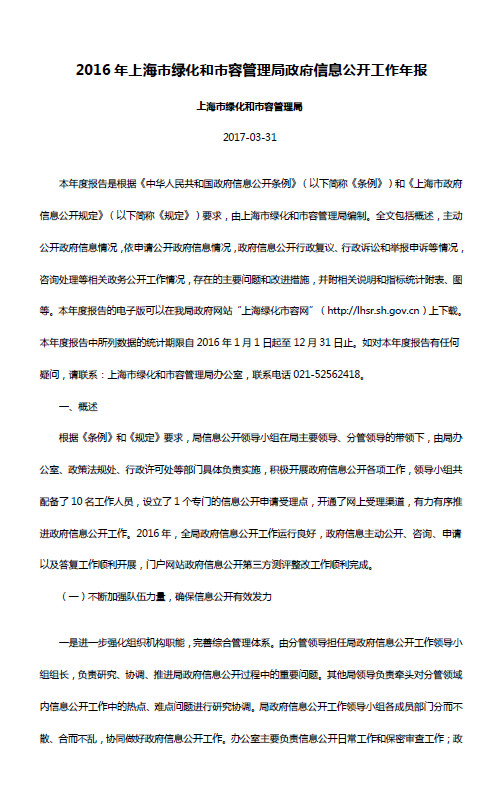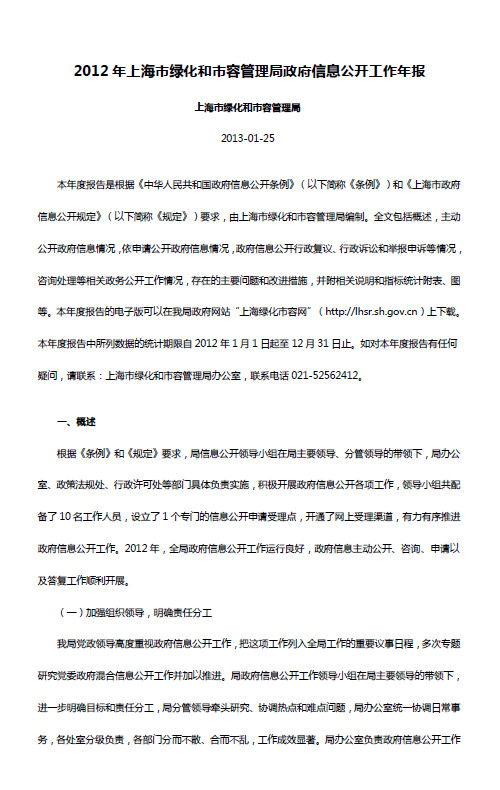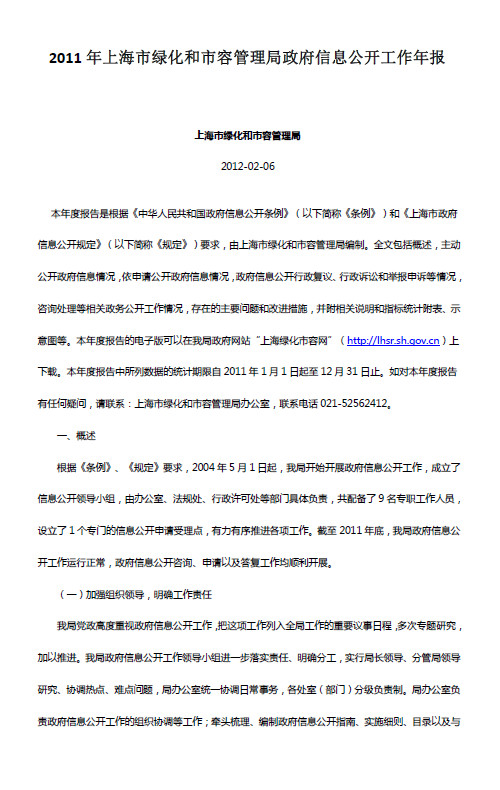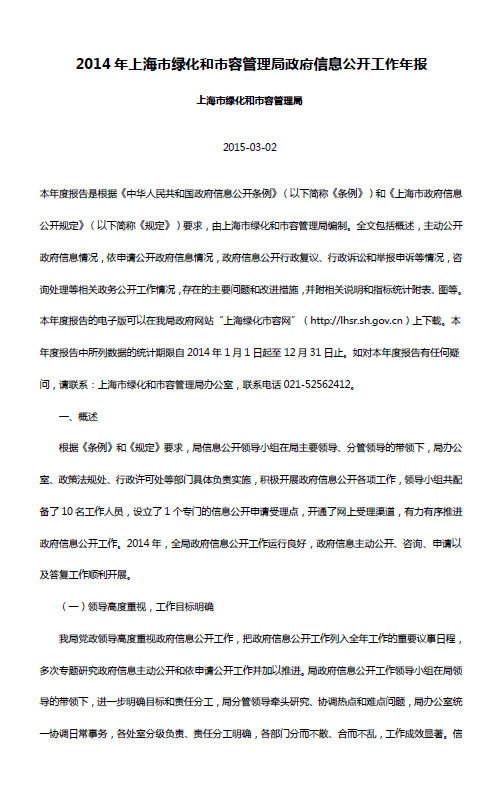
上海综合公园游人行为与植物景观空间要素的关系
编号
lyqk011096


中文标题
上海综合公园游人行为与植物景观空间要素的关系


作者单位
1. 东北林业大学园林学院 哈尔滨 150040;
2. 上海辰山植物园 上海 201602;
3. 西安建筑科技大学交叉创新研究院 西安 710055


期刊名称
中国城市林业


年份
2023


卷号
21


期号
4


栏目名称
专题1:城乡绿色生态空间与低碳可持续设计


中文摘要
明确不同年龄游人行为与植物景观空间要素之间的关系,有利于建设全龄友好的植物景观空间,提高城市公园的社会效益。以上海市中心城区6座综合公园中44个植物景观空间为研究对象,采用行为注记法观察记录儿童、青年人、中年人和老年人4个年龄段使用者的游人行为,分析各类使用者的行为时空特征及与植物景观空间要素之间的关系。结果表明:1)老年人的行为密度最高、青年人最低,老年人的游人行为时间集中在8∶00—9∶00,儿童、青年人和中年人集中在16∶00—17∶00。2)儿童的游人行为主要为植物与建(构)筑物组合的亲子活动,青年人、中年人、老年人的游人行为以静坐闲聊类为主,其中青年人和中年人以植物与水体组合空间为主,老年人以植物与道路组合空间为主。3)儿童的亲子活动与休息设施可容纳人数呈显著正相关,与林木径级呈显著负相关;青年人的安静休闲类活动与硬质铺装面积呈显著正相关;中年人的安静休闲类行为与硬质铺装面积比呈显著正相关,与林木径级呈显著负相关;老年人的安静休闲类行为与硬质铺装面积比、空间内道路密度呈显著正相关,与空间围合度、林木径级、常绿落叶比呈显著负相关。以上结果说明,配置单一且分枝点较低的乔灌木、打开部分分枝点较高的林下空间、增加休息设施和硬质空间比例,可以提高儿童和中、青年人群的游人密度,以及营建满足各年龄段游人行为的植物景观空间。


基金项目
上海市科技创新行动计划(22dz1202404);上海人才发展资金项目(2021050)


英文标题
Relationship Between Tourist Behaviors and Plant Landscape's Spatial Elements in Shanghai's Comprehensive Parks


作者英文名
Liu Xiaotong, Hu Yuandong, Yang Haolin, Wang Ruoyu, Shang Kankan


单位英文名
1. College of Landscape Architecture, Northeast Forestry University, Harbin 150040, China;
2. ShanghaiChenshan Botanical Garden, Shanghai 201602, China;
3. Institute for Interdisciplinary and Innovative Research, Xi'an University of Architecture and Technology, Xi'an 710055, China


英文摘要
Determining the relationship between the behaviors of visitors of different ages and the spatial elements of plant landscape is beneficial to constructing all-aged friendly plant landscape space and improving social benefits of urban parks. The behavior annotation method is used to observe the behaviors of children, young people, middle-aged and elderly people who are touring in 44 plant landscapes of 6 comprehensive parks in the downtown of Shanghai, and analyzes the relationship between temporal-spatial characteristics of tourist behaviors and the spatial elements of plant landscapes. The results show:1) The tourist behavior density of old people is the highest while the young people have the lowest density. The time when the aged people visit in the landscapes falls between 8:00 and 9:00, while children, young people and middle-aged people preferred to the time period between 16:00 and 17:00; 2) The tourism behaviors of children mainly include parent-child activities in the combined space of plants and buildings. The behaviors of the young, middle-aged and elderly tourists are mainly sitting and chatting. The young and middle-aged people love the combined space of plants and water bodies, while the elderly prefer to the combined spaces of plants and paths; and 3) Children's parent-child behaviors are significantly positively correlated with the accommodation capacity of rest facilities, while significantly negatively correlated with tree diameter class. The quiet leisure behaviors of young people are significantly positively correlated with the hard pavement area. The quiet leisure behaviors of middle-aged people are positively correlated with the ratio of hard pavement area and negatively correlated with tree diameter class.The quiet leisure behaviors of the elderly are significantly positively correlated with the area ratio of hard pavement and the path density in space while significantly negatively correlated with space enclosure, tree diameter class and the ratio of evergreen to deciduous trees. The above results indicate that the tourist behavior density of children, the young and the middle-aged people will be improved by allocating the trees and shrubs with a small number of species and low branch points, opening understory spaces with high branch points and increasing the proportion of rest facilities and hard pavement space, which will build different plant landscape spaces to conform to the behaviors of the tourist of all ages.


英文关键词
all-age friendliness;plant landscape space;behavioral preference;comprehensive park;Shanghai City


起始页码
43


截止页码
50


投稿时间
2023/4/28


作者简介
刘晓桐(1999-),女,硕士生,研究方向为植物景观空间营建。E-mail:532022097@qq.com


通讯作者介绍
商侃侃(1982-),男,博士,研究员,研究方向为城市生态学与植物修复。E-mail:shangkankan@163.com


E-mail
shangkankan@163.com


DOI
10.12169/zgcsly.2023.04.28.0002


参考文献
[1] 李雄.园林植物景观的空间意象与结构解析研究[D].北京:北京林业大学,2006.
[2] 翟宇佳,吴承照.城市公园总体满意度主要影响因素识别:基于不同年龄组使用者的分析[J].风景园林,2021,28(5):57-62.
[3] HUAI S Y,VAN DE VOORDE T.Which environmental features contribute to positive and negative perceptions of urban parks?A cross-cultural comparison using online reviews and Natural Lan-guage Processing methods[J].Landscape and Urban Planning,2022,218:104307.
[4] 骆天庆,傅玮芸.人口老龄化背景下的社区公园活动空间和游憩设施配置:上海实例研究[J].风景园林,2016(4):96-101.
[5] 田靖雯,张秦英,李佳滢,等.天津市社区公园儿童与植物交互的自发游戏及环境特征研究[J].景观设计学(中英文),2022,10(3):38-65.
[6] MCCORMACK G R,ROCK M,TOOHEY A M,et al.Characteristics of urban parks associated with park use and physical activity:a review of qualitative research[J].Health and Place,2010,16(4):712-726.
[7] 武昭凡,雷会霞.儿童友好街道内涵解析与策略框架研究:基于中国儿童友好城市理念[J].城市规划,2022,46(11):32-41,51.
[8] 庞文君,刘伟,谢榕怡,等.基于青年人偏好的城市园林植物景观营造因子分析[J].中国园林,2019,35(10):130-134.
[9] COHEN D A,WILLIAMSON S,HAN B.Gender differences in physical activity associated with urban neighborhood parks:findings from the national study of neighborhood parks[J].Women's Health Issues,2021,31(3):236-244.
[10] 殷丽峰,任斌斌.北京景山公园夏季使用者游憩行为研究[J].北京农学院学报,2015,30(4):105-110.
[11] 郑凌予,杨淑梅,蒲海霞,等.基于城市公园空间满意度的绿视率调查研究[J].中国城市林业,2020,18(2):30-34.
[12] 楼宇青,金荷仙,张丽.杭州春季城市公园老年人行为抽样调查与分析[J].中国园林,2019,35(3):66-70.
[13] 胡一可,张天霖,王磊,等.景观服务视角下城市街区感知测度及空间分布特征[J].风景园林,2022,29(10):45-52.
[14] 毛妍祺,邹永东,郑宇同,等.游人对乌兰察布城市公园植物景观空间的偏好研究[J].中国园林,2022,38(8):123-128.
[15] 吴京婷,吴晓华,汪天瑜,等.基于游客行为的杭州上塘河滨河景观带活力特征研究[J].浙江农林大学学报,2022,39(2):438-445.
[16] 刘瑞雪,许晓雪,陈龙清.基于使用行为的城市公园植物景观空间调查研究:以深圳湾滨海公园为例[J].中国园林,2019,35(4):123-128.
[17] 国家统计局.人群年龄范围[EB/OL].(2022-6-27)[2023-08-04].http://www.stats.gov.cn/hd/lyzx/zxgk/202207/t20220704_1858761.html.
[18] 周娴,靳思佳,车生泉.城市公园植物群落空间特征与私密度关系研究:以杭州为例[J].中国园林,2012,28(5):99-103.
[19] 吴仁武,包志毅.园林植物空间调查和分析:以杭州太子湾公园为例[J].风景园林,2011(2):102-109.
[20] 胡凌,商侃侃,张庆费,等.密度调控对香樟人工林林木生长及空间分布的影响[J].西北林学院学报,2014,29(2):20-25.
[21] 吕勇,臧颢,万献军,等.基于林层指数的青椆混交林林层结构研究[J].林业资源管理,2012(3):81-84.
[22] 周一凡,周坚华.绿量快速测算模式[J].生态学报,2006,26(12):4204-4211.
[23] 王欢,李宏,常俊丽,等.老年人对城市公园绿地的需求规律与特征探析[J].金陵科技学院学报,2009,25(4):52-56.
[24] DAWSON L,ELBAKIDZE M,KRAFT VAN ERMEL L E,et al.Why don't we go outside?-Perceived constraints for users of urban greenspace in Sweden[J].Urban Forestry and Urban Greening,2023,82:127865.
[25] 惠英,廖佳妹,张雪诺,等.基于行为活动模式的儿童友好型街道设计研究[J].城市规划学刊,2021(6):92-99.
[26] 王霞,陈甜甜,林广思.自然元素在中国城市公园儿童游戏空间设计中的应用调查研究[J].国际城市规划,2021,36(1):40-46.
[27] 陈宇钢,刘伟,王猛,等.基于老年人视角的园林植物景观营造的因子分析[J].中国园林,2019,35(8):115-118.


PDF全文
浏览全文


-
相关记录
更多
 打印
打印



